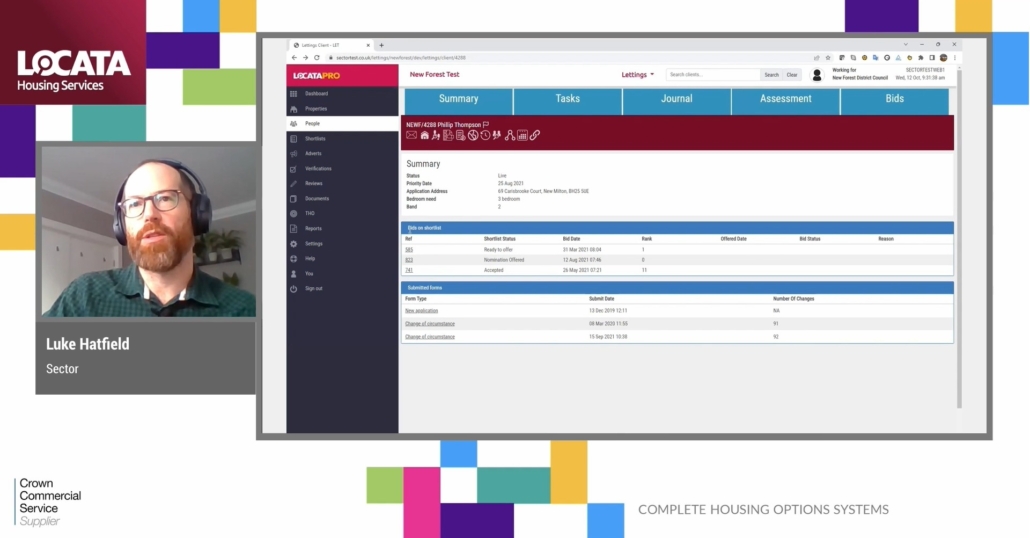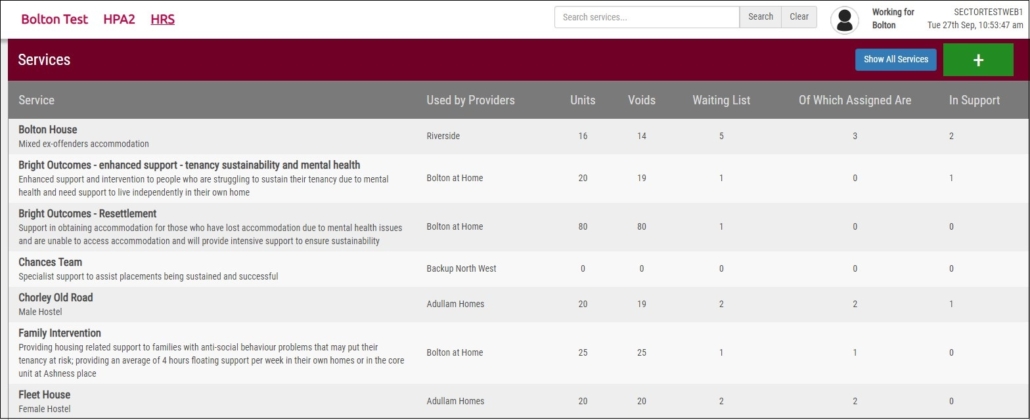 Richard Houghton Director JLL Affordable Housing Valuation – North
Richard Houghton Director JLL Affordable Housing Valuation – North
A year is an awfully long time in politics.
It was back in September 2021 that the UK government sent shockwaves through the affordable housing sector by revealing a new shared ownership model.
Fast-forward 12 months – and three housing secretaries – and housing associations are dealing with myriad pressures. But what’s been the impact of the shared ownership changes? And how can we value properties under this model?
What’s changed
Many of the changes sought to increase accessibility and flexibility for customers, but have also raised questions about the long-term viability of the model.
To recap, the key changes of note are:
- the minimum initial equity share is reduced from 25% to 10%
- there is a 10-year repair warranty during which the shared owner will receive support from their housing provider/landlord to pay for essential repairs
- a new 1% gradual staircasing model will enable shared owners to buy more shares in smaller instalments over the first 15 years
- a reduction in minimum larger share purchase from 10% to 5%
- shared owners will be able to take control of the resales process at an earlier point
- and, finally, a lease must now be granted with a term of 990 years.
What’s the value impact
So how does this new model impact valuations?
First, we need to consider how we value Shared Ownership as a tenure. Typically, we apply a discounted cashflow approach, with the value derived from two sources: the rental income received from lessees on the RP’s retained element; and capital receipts from lessees when staircasing.
The year one rent is taken as the starting point, with real growth applied, less any non-recoverable costs (there are usually some in practice, despite the wording of leases).
The capital receipts are normally modelled to reflect a cautious profile over the cashflow, currently at 25% initial tranche sales to reflect a sensible average and typical transaction. Separate discount rates are applied for rental income and receipts, whilst benchmarking and sense-checking is undertaken against similar valuations and transactional evidence.
The main risks arising from the changes are as follows:
- Minimum initial equity sale decrease from 25% to 10% – Reduced first tranche receipt however higher rents (3% of RP retained equity) Potentially reduced covenant strength, with possible increased arrears/bad debts
- Minimum staircasing tranches reduced from 10% to 1% – Reduced capital receipts and increased admin/ management costs. Potential for a stronger rental profile
- 10 year landlord repair contributions – New added cost with increased admin/management, additional repairing liability
The changes that have been implemented are clearly weighted towards the lessee, which in itself is no bad thing, given that providing quality housing opportunities across a wide range of tenures is a fundamental objective within the sector.
That said, the newly presented risks and the increased administrative and operational costs will create additional pressures for housing providers delivering new shared ownership homes. As a result of the additional repair cost liability, and the potential to reduce the net rental income position, there will be a need to remodel.
Conversely, where first tranche sales are completed on lower equity shares, the income over the length of a lease could be more valuable, certainly in a market where investment appetite for long-dated, index-linked income remains strong. Despite the negative impacts on value, there are some balancing factors which potentially soften reductions.
Getting the message across
From the Registered Providers themselves, the message has been clear – that the potential for reduced capital receipts on initial and ongoing tranches is perceived negatively, as are the additional repair liabilities. This will require an adjustment to delivery models which may impact land appraisals and, ultimately, business plans. The level of downward pressure on viability and values will however be dependent upon the average position adopted for first tranche sales as well as the staircasing assumptions.
And what about investors? Essentially, the shared ownership tenure offers investors income hedged against inflation, albeit the same risks do present themselves under the new model, with the potential for increased arrears and bad debts, capital receipts from tranche sales reduced, and the increase in management and repair costs.
Despite all these factors, the fundamentals for those interested in the tenure remain intact – an alternative asset class with strong ESG credentials, as well as the possibility of inflation-linked returns and exposure to house price growth. Whilst questions have been raised over the changes, these can all be explicitly modelled and, as a result, market sentiment remains strong with investors undeterred.
JLL has been involved in some of the largest portfolio transactions of shared ownership homes over the last 24 months; what has been clear is that pricing remains strong, and, from conversations across our client base and wider residential market, there is currently no evidence of pricing change in the s.106 market as yet. It is this latter area which is likely to see some price adjustment.
Admittedly, tangible evidence of pricing under the new model is a little way off at present, as stock numbers to date are limited. In the immediate term however, a lack of supply will likely continue to drive demand.
Finally, the lenders within the sector will be discussing the same considerations dominating every other boardroom table; changes to facility cover ratios, and reduced shared ownership proportions permitted within security pools, will be something to keep an eye on.
What impact these changes will have upon those considering home ownership remains an unknown quantity. Will we see lower equity sales and smaller staircasing activity?
Based on recent discussions within the sector, consensus certainly pointed towards the potential for that, depending on the market dynamics in any given location; but in a lot of instances, it is felt that activity from both new and existing lessees, will continue a similar pattern as it always has.
There are many different tangents that can be explored whilst discussing Shared Ownership, with affordability and regional variances just two things that spring to mind. But, whilst it forms part of the government’s delivery strategy, it is important to understand fully how the model can be applied to meet some of our housing needs.
There are no end of headwinds facing the sector at present, and to be perfectly honest, this article was written before the latest maelstrom, but from both a valuation and viability perspective, hopefully the new model in isolation can be considered more of a stiff breeze as opposed to a force 8 gale that has development programmes struggling to stay upright.








